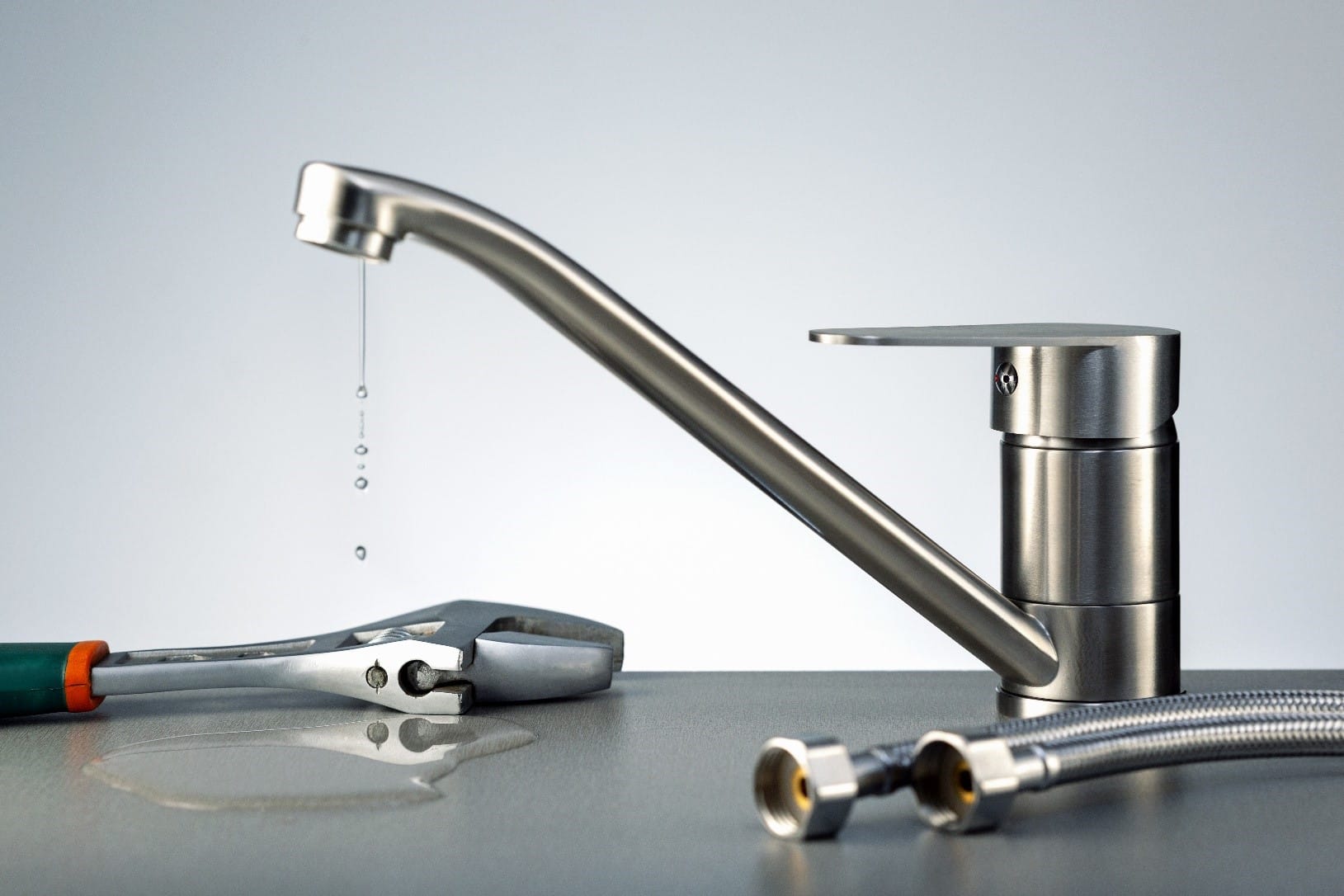5 Water Saving Tips to Tackle Auckland’s Drought

1. Find & Fix Leaks
Many homes in Auckland are wasting large amounts of water without realising it. A few drips from the tap may not seem like much, but every year billions of litres of water are lost through leaks and wastage. Look out for unexplained drops in water pressure, listen for dripping taps or showerheads, and keep an eye out for any wet spots in your walls or ceilings to identify possible leaks in your home. As soon as you spot a leak, it’s time to bring someone in to patch it up.
If you’re unsure whether there’s water leakage occurring in your home, you can check your water meter. All you need to do to identify a leak is check the number on the meter, then ensure no water is being used in your home for the next few hours (best done overnight, or when no one’s home). Once some time has passed, check the meter, and see if the number has increased. If the number has risen, despite no water use, there may be a leak present.
By identifying and repairing leaks quickly, you’ll reduce the risk of physical damage to your home’s structure, as well as the amount of water you’re wasting, all while potentially lowering your water bill.
2. Change Your Shower Habits
If you shower rather than taking a bath, you’re on the right track already, as baths waste litres upon litres of water. Though showers also lead to an unnecessary amount of lost water, it’s very easy to reduce this by changing habits. The most obvious change is, of course, reducing the length. Shorter showers mean less water down the drain.
Don’t just stop at shorter showers, though. If you really want to reduce the water use in your household, only use water as you need it. Applying soap? Shampoo? Conditioner? Turn off the shower faucet while you do so, you’ll avoid washing them out prematurely and wasting your shower products, but more importantly, you’ll save significant amounts of water with each shower.
3. Full Loads Only
It’s no secret that appliances use a lot of water. Investing in energy and water-efficient appliances is the first, and most obvious step, by you can go beyond this. The standard rule for water in your household should be “if you don’t need it, don’t use it”, and this extends to water-using appliances. Nobody likes dirty dishes in the sink or laundry waiting to be washed, but sometimes it’s okay to let the load stack up. It is all too common for households to run a half-empty dishwasher or washing machine leading to avoidable water wastage, which can easily be avoided by running them only when needed, once a full load is ready.
Alongside utilising the space inside your appliances, many newer appliances feature an “eco” setting that can help conserve the water used in cycles. A few small changes to how you use your appliances will not only benefit our dams but your power and water bills too.
4. Compost Food Scraps
When you think about conserving water, your mind may not necessarily go to food scraps, but it should. An in-sink waste-disposal system is hugely convenient, letting you grind the scraps away, but you’re also losing litres of water with each use. When using waste-disposal systems in our kitchen sinks, you’re not only putting the food down the sink but washing it down with litres upon litres of water. Composting your food scraps instead enables you to benefit the environment while helping restore our dams to a suitable level.
Adding compost to your garden also increases the amount of water the soil can retain. With more moisture being held in the soil, your garden will not need watering as often, meaning the simple switch to compost can reduce water wasted inside and outside your home.
5. Install a Rainwater Tank
Rainwater tanks are a sure-fire way to dramatically cut down the water use in your home. The tanks themselves range in price depending on size and function, but they are generally reasonably priced and save you money in the long term. When it rains, the water from your roof is collected into the tank, where it will sit until you need it. Rainwater tanks can supplement some of your water needs, reducing the amount that’s taken from the dam.
Residential rainwater tanks are commonly used for outdoor use such as washing cars and watering gardens, and indoor use such as flushing toilets. If the water is treated properly, this indoor use can be extended to the washing machine, kitchen use, and more.
Survive the Drought with Pipeline Plumbing
Aiding in the restoration of our dams is as easy as just following one of these simple tips. If you’re looking for more ways to reduce your water wastage, our plumbing and drainage services in Auckland can assist in fixing leaks, installing rainwater tanks and more. Have a chat with our friendly team today for a free quote.


